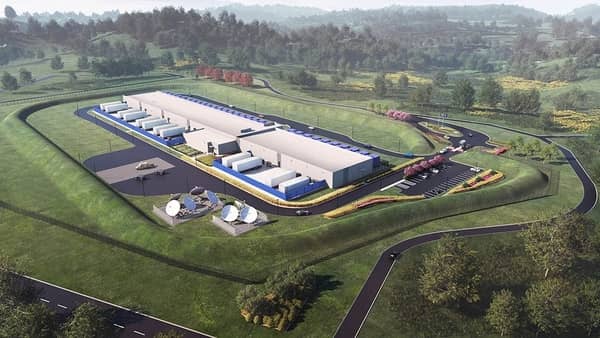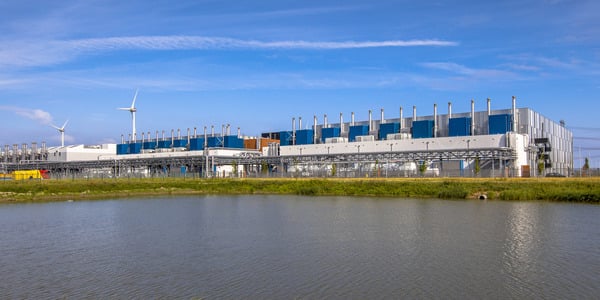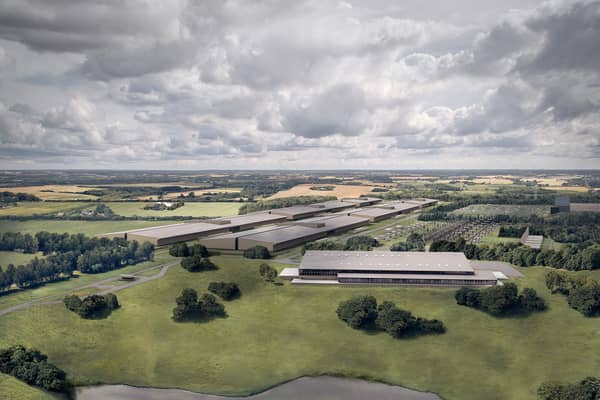
What Is an NFT?
May 20, 2021
Frequently Asked Questions in Technology (Part 2)
June 10, 2021Data centers are found in some of the most densely populated areas in the world. These metropolitan cities have been the ideal locations due to their proximity to consumers and proximity to potential workers. But other aspects can influence where data centers can be located. Traditionally, rural areas haven’t been the idyllic location for a data center, but there are several reasons data centers may be leaving the city.

Why Are Some Data Centers Moving Away from Large Cities?
There has been a trend of data centers moving away from large metropolitan areas toward the countryside. This is the result of several different things. Data centers typically are utilized for mission-critical applications. Most businesses require minimal to no downtime. The data center Tier system can help those looking for a new data center.
A Tier 1 data center should have a single path for power and cooling. It may also have redundant and backup components. Tier 1 data centers are expected to have an uptime of 99.571% or 28.8 hours of downtime annually. A Tier 2 data center also has a single path for power and cooling. It also can have some redundant and backup components and should have an expected uptime of 99.741% or 22 hours of downtime every year.
A Tier 3 data center should have multiple paths of power and cooling. It should also have systems in place that update and maintain itself without going offline. Tier 3 data centers are expected to have 99.982 hours of uptime or 1.6 hours of downtime annually. Lastly, a Tier 4 data center should be built as a completely fault-tolerant system. It should also have redundancy for every component. A Tier 4 data center should have an uptime of 99.995%. It should also only have less than 26.3 minutes of downtime every year.
All of these data centers can be good options for a business just depending on what your needs are. As your business needs increase so will the need to change for a different data center tier. A rural data center may not need to worry about the specific tier it falls under.

What Are the Benefits of a Rural Data Center?
Before computers, the most densely populated areas were near the coast or at least a body of water. This is because crops grew better where the was water. Later down the timeline, the coasts were also the most densely populated areas because most trade routes ended at some dock on the coast.
Today, nearly one-third of the United States population lives in a coastline or coastline county. This is also why more data centers can be found in certain locations. The data center hubs of the United States include Los Angeles, San Francisco, New York, Chicago, Miami, and more. Many of Colocation America’s data centers can be found in these areas. So, if you’re currently looking for a data center, connect with us today.
But there are several different benefits of a rural data center. One of these benefits is helping the economy in smaller cities and towns that aren’t anywhere near these metropolitan hubs where data centers are normally. Building data centers in less densely populated areas can help bring jobs to these locations. It can also be less costly and there are new tax incentives for those who do so.

What about Latency?
Latency is the measurement of the amount of time it takes for the data to travel to its final destination. While there are several factors including connection, which include how different types of cables and how it affects this transmission time, the main factor is distance. Data is still controlled by the laws of physics and still cannot be faster than the speed of light. It doesn’t matter how fast the connection is because the data still has to travel from one point to another. Distance plays the biggest factor in speed. Latency can affect gaming, streaming, and anything regarding data. Limiting the physical distance between the data source can greatly reduce latency
It takes time for data to move from its starting point to its users. As more developers and companies implement new data-intensive applications, remote server farms aren’t quite enough. This is where bringing certain data center operations closer to its users is beneficial.

Edge Computing and Micro Data Centers
One of the ways this can be done is through edge computing. Edge computing is helping bring the data center or at least the computing power of the data center closer to less densely populated areas. One of the ways this is being accomplished is through micro data centers. Micro data centers can be positioned anywhere for several different reasons. They can be deployed for offices, retail stores, banks, and schools.
Micro data centers and edge computing bring the computing power of a data center closer to businesses. One of the main benefits is reduced costs. Traditional data centers can be too expensive for smaller businesses. A micro data center can be more affordable if you know how to manage your own micro data center system. It also helps give businesses more flexibility when it comes to scaling up as your company grows. these solutions can also help with latency since the system will be physically closer. The last reason and benefit of a micro data center is time. A micro data center can save time because it’s faster to deploy than building an entire data center.

Are Rural Data Centers Feasible?
Edge computing and micro data centers can already bring the power of a data center closer to users in rural areas. So, is building a data center in less densely populated areas worth it? As mentioned earlier, nearly one-third of people in the United States live near a coastal city or a coastal county. But the other two-thirds of people do not. Building data centers in rural areas can create jobs and help jumpstart the economy in certain areas. It can also be more cost-effective with new tax incentives in place. Rural data centers can also solve the problem of latency for the other two-thirds of the population. The world revolves around data and building data centers will allow other areas to flourish as well. New data center hubs will help bring other businesses into these areas. There is a lot of potential in rural data centers. An Iowa farmer once said, “If you build it, they will come”.

